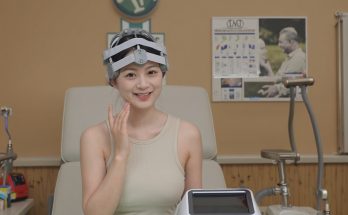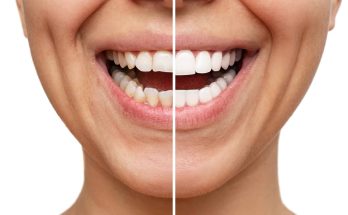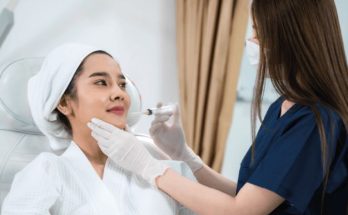Patients presenting with breathing issues need to be carefully assessed to help make an accurate diagnosis. Normal breath sounds (vesicular sounds) are hardly detectable in healthy people when examined without a stethoscope.
Bronchial breathing emits harsh sounds, which are prolonged during expiration. You can hear it over consolidation, where alveoli do not filter sounds.
Amphoric breath sounds are less common. This presents as a hollow noise heard over a large cavity. It has been described as sounding similar to air blown over the top of an open jar.
Abnormal lung sounds can signify an underlying medical condition that hasn’t been diagnosed yet. Laboured breathing can also be caused by an infection, virus or other illness that triggers inflammation of the lungs or fluid build-up in the lung tissues that cause unusual sounds when inhaling or exhaling.
Types of abnormal breath sounds
Several types of abnormal lung sounds can include:
- Crackles: Crackles can sound like discontinuous clicking, bubbling or rattling, or bubbling when the patient inhales. Crackling sounds can be wet or dry, fine or coarse.
- Rhonchi: Rhonchi can be described as continuous, rough-sounding, lower-pitched noises that many people think sound similar to snoring. Sometimes this may also change the sound of a person’s voice.
- Stridor: This is a harsh, high-pitched wheeze. It most commonly occurs in people with a blocked upper airway and is usually more pronounced while breathing in.
- Wheezing: Wheezing lung sounds are high-pitched and continuous when breathing in and out. Some people describe it as a constant whistle. Wheezing can be loud enough to detect without listening with a stethoscope. Some patients can exhibit a squawk-sounding wheeze that occurs during inhalation.
Causes of abnormal lung sounds
Many causes can be associated with abnormal breath sounds, for example:
- Acute bronchitis
- An object stuck in the lungs or other airways
- Asthma
- Bronchiectasis – an abnormal widening of the airways in the lungs
- Chronic obstructive pulmonary disease (COPD), including emphysema and chronic bronchitis
- Interstitial lung disease
- Pneumonia
- Pulmonary oedema, which may relate to congestive heart failure or end-stage renal disease
Are you a health professional involved in patient assessment?
PDUK offers several CPD Accredited courses, including our Five Day Patient Assessment Workshop held online. It is aimed at registered nurses, nurse practitioners, district nurses, health visitors, and other allied health professionals, including paramedics, pharmacists and occupational health nurses.
Developed exclusively for online delivery via a virtual classroom, this five-day course is adapted from our in-person 5 Day Patient Assessment workshop. The course covers essential elements such as core history taking and the physical examination skills needed for clinical decision-making and safe patient management.
Participants will gain practical knowledge and understanding to equip them to:
- Understand the principles of history taking
- Feel confident in undertaking a detailed health history from a patient.
- Understand the techniques of physical examination skills
- Correctly apply physical examination skills to each of the systems covered
- Complete a final physical examination that covers three of the major body systems
If you prefer an in-person, hands-on course, PDUK also offers our Five-day patient assessment skills workshop. This face-to-face practical workshop, held over five days, provides health practitioners with valuable insight into diagnostic proficiency and clinical decision-making.
Participants have the opportunity to conduct a complete physical examination, meeting clinical practice requirements and gaining all-around confidence when assessing adult patients.
PDUK also offer a flexible in-house option where we create a tailor-made patient assessment skills workshop to suit your needs. The course can be designed as a one to ten-day training programme to match your staff’s needs and medical specialisation, enabling them to apply physical examination techniques appropriately for each major body system.




